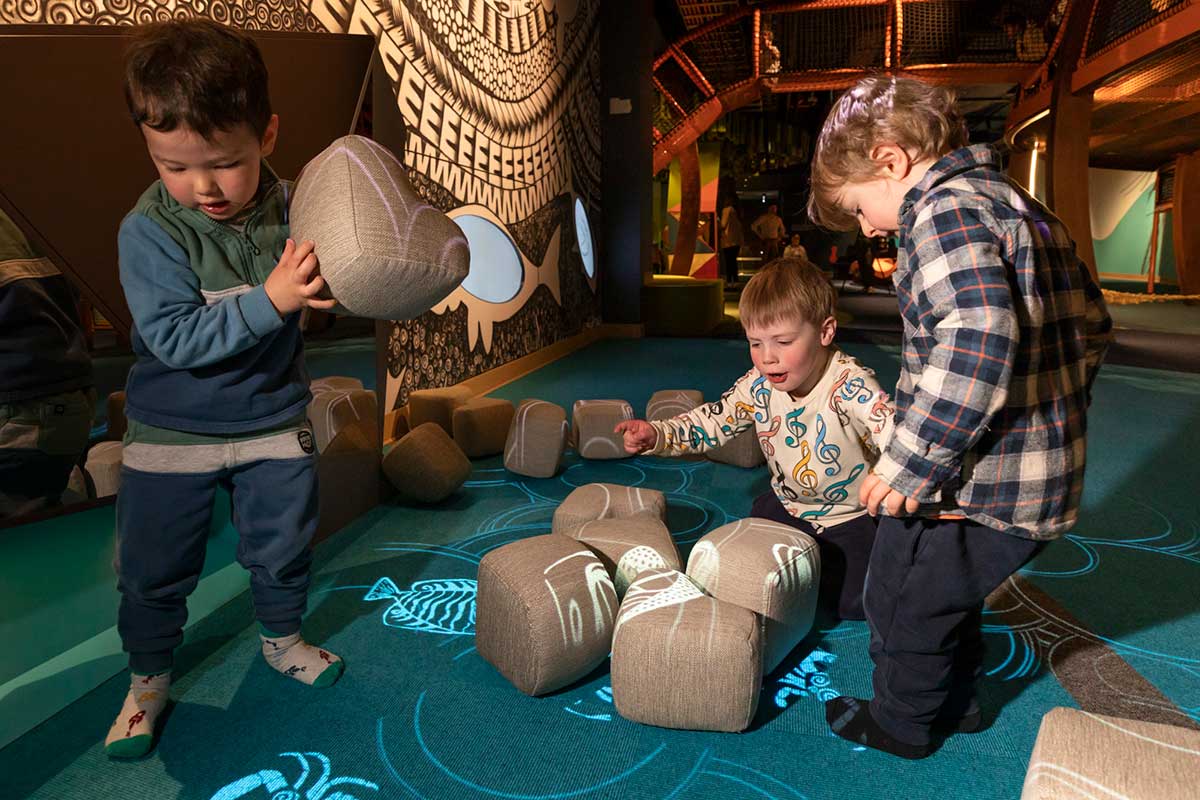- Download Reconciliation Action Plan 2022–253.8 mb pdf [ PDF | 3.8 mb ]
Our Stretch Reconciliation Action Plan 2022–25
The National Museum of Australia shares the stories of all Australians. Our vision for reconciliation is that we will work closely with communities to create opportunities for First Nations peoples to contribute to, and participate in, the Museum’s exhibitions and programs.
Through everything we do, our vision is to show respect to Aboriginal and Torres Strait Islanders peoples, to value their culture and histories and to be inclusive and welcoming to all.
Our Reconciliation Action Plan (RAP) aims to accelerate the Museum’s efforts in reconciliation and extend the Museum’s commitment to achieve outcomes as part of its broader Reconciliation Framework.
The Museum developed its first RAP, the Innovate RAP, in 2015.
In 2022 we reinvigorated the plan with the launch of our second, expanded RAP, our first Stretch RAP.
Focus areas
Our Stretch RAP has been developed to:
- support and promote reconciliation, both within the organisation and among the Museum’s audiences, partners and external stakeholders in Australia and overseas
- listen to and learn from First Nations peoples, recognising and celebrating their perspectives, histories and cultures
- increase education, employment and economic opportunities for First Nations peoples, including First Nations staff at the Museum
- work with First Nations peoples to develop practical and sustainable initiatives that provide two-way learning opportunities
- enhance and foster new and existing relationships and partnerships with First Nations peoples, communities and organisations across Australia.
The Museum’s RAP is championed by the Director and senior executive members of the organisation.
The Museum’s RAP Working Group will continue to develop, promote and oversee the implementation of the Museum’s RAP commitments.
Our Stretch Reconciliation Plan 2022–25 is lodged with Reconciliation Australia.
Contact us
National Museum of Australia Reconciliation Action Plan Working Group
Phone: 02 6208 5000
Email: information@nma.gov.au
You may also like
